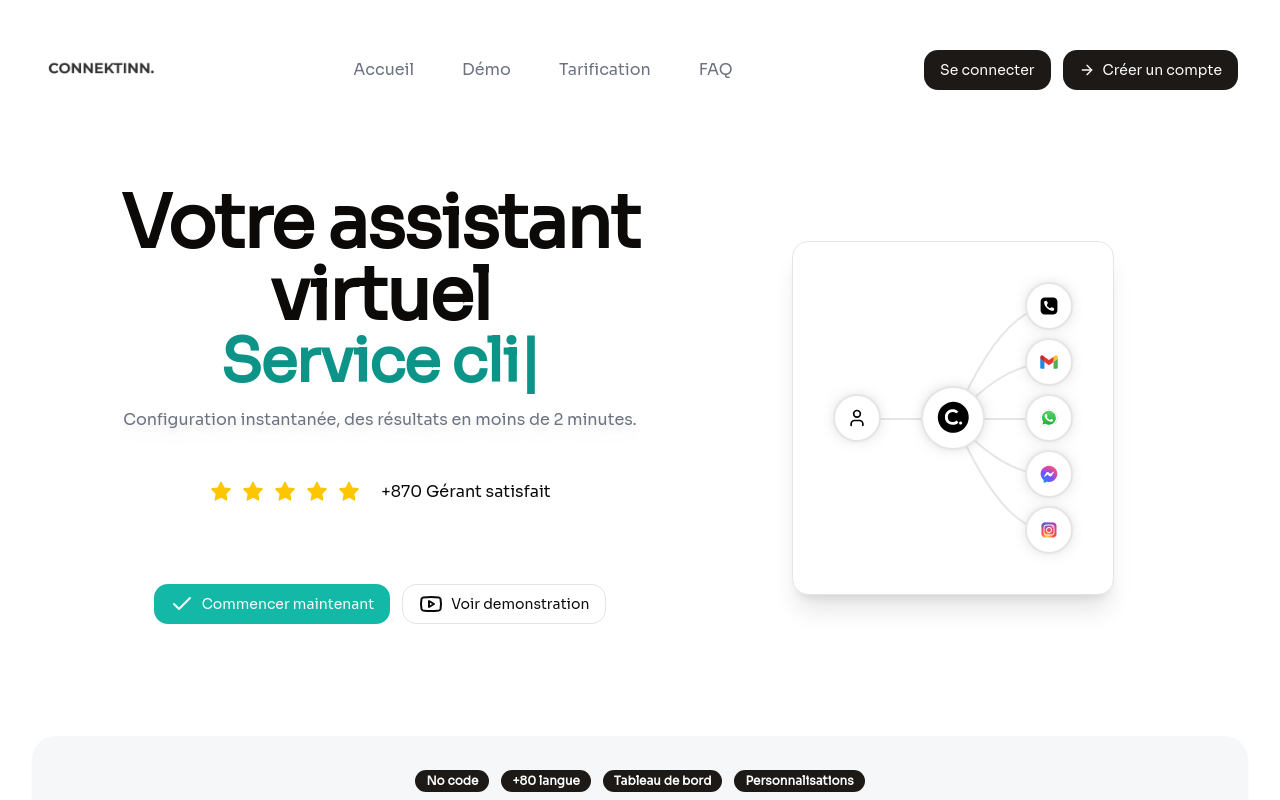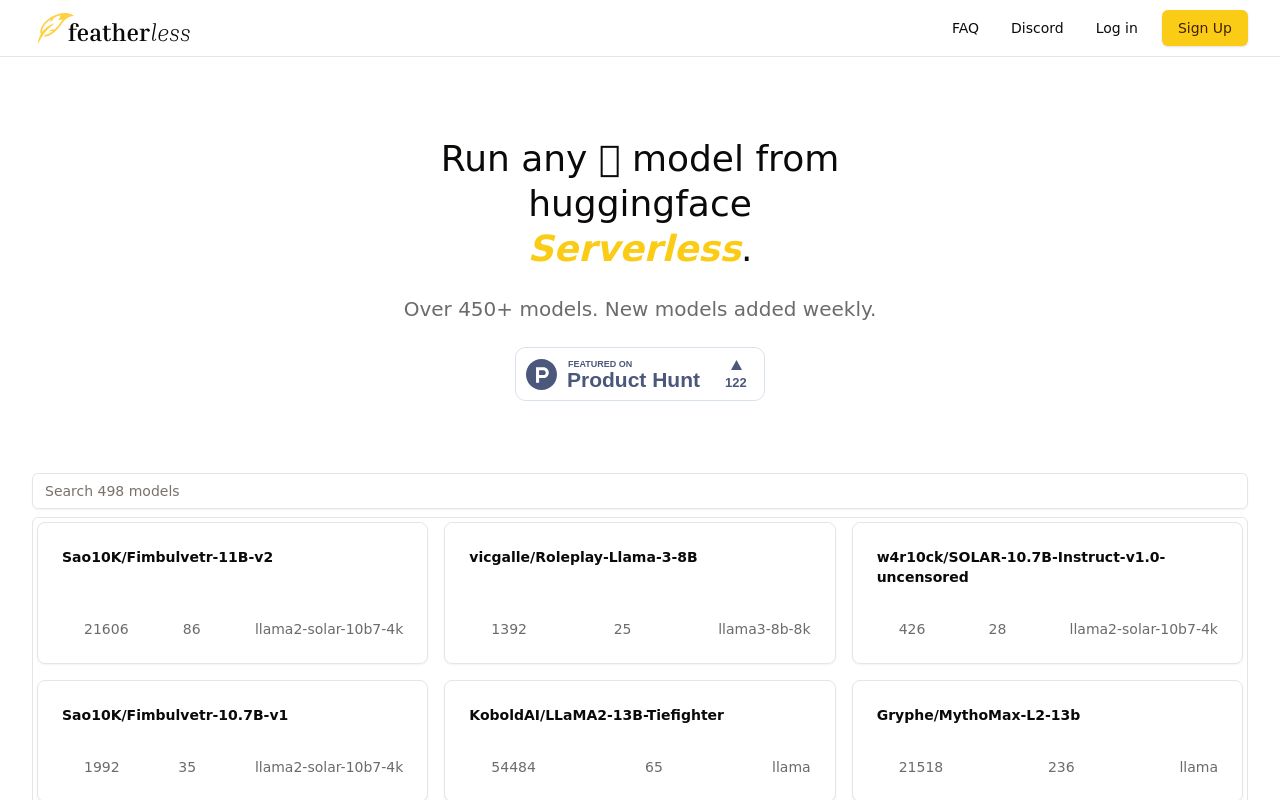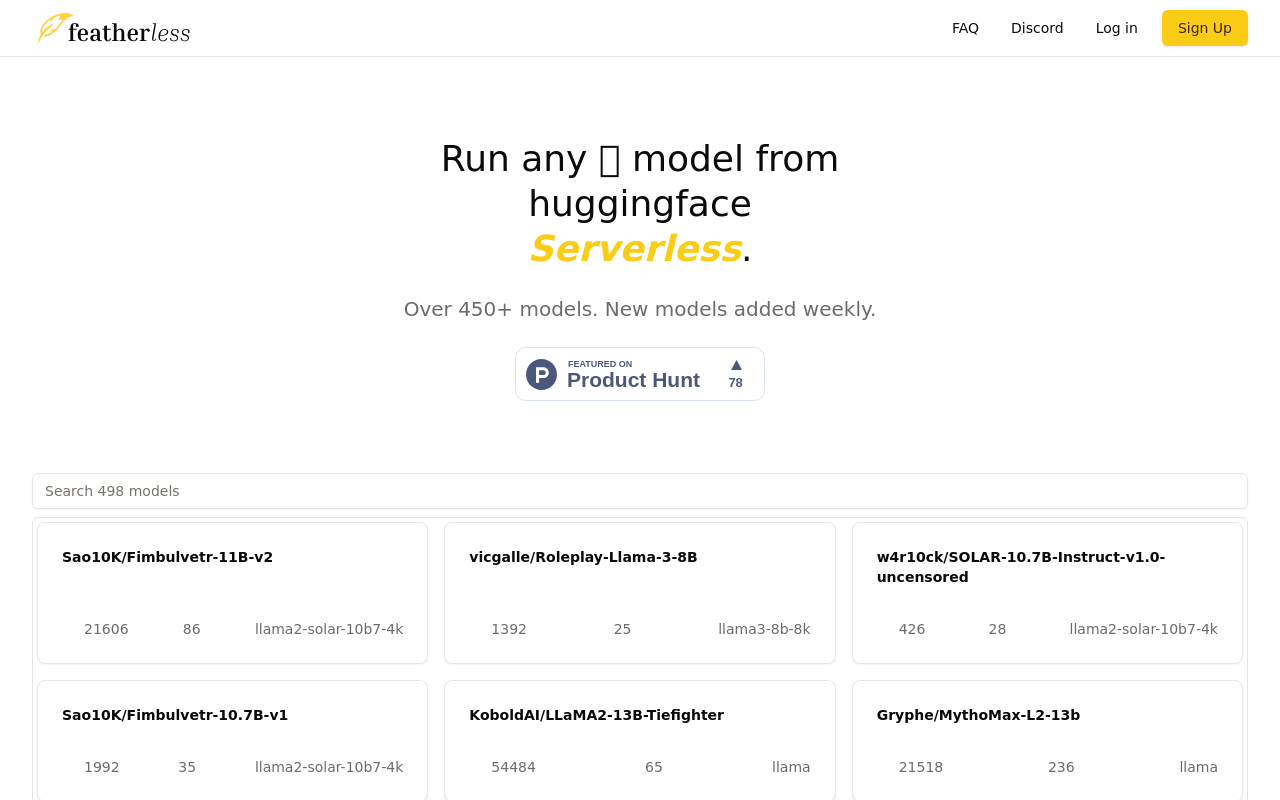Creating Assessment Tasks Based on Learning Objectives Workflow
Revolutionize assessment creation with a streamlined, objective-driven workflow.
Best for:
- Teachers
- Instructional Designers
- Educational Coordinators
Use cases:
- Creating precise assessment tasks
- Streamlining assessment creation process
- Ensuring task validity and reliability
Users like:
- Education
- Curriculum Development
- Training and Development
What is Creating Assessment Tasks Based on Learning Objectives Workflow?
Quick Introduction.
Introducing the ‘Creating Assessment Tasks Based on Learning Objectives’ workflow, a cutting-edge tool designed specifically for educators and instructional designers who aim to align their assessment tasks with well-defined learning objectives. This innovative workflow leverages Bloom’s Taxonomy to generate comprehensive learning objectives and maps them to precise assessment tasks. By focusing on cognitive skills and measurable outcomes, this tool enhances the likelihood of developing assessments that are fair, reliable, and valid. Perfect for teachers at any education level and instructional coordinators, this workflow simplifies the cumbersome process of assessment creation, providing a more structured and data-driven approach.
This MindPal workflow assists educators in creating tasks that effectively measure student knowledge and skills in a structured manner. By ensuring that each assessment task is linked to clear learning objectives, it significantly improves the overall quality and relevance of assessments. Whether you are crafting quizzes, tests, or complex assignments, using this workflow will lead to more accurate measurements of student progress and success. This is an indispensable tool for any educational professional committed to enhancing both teaching practices and student outcomes.
Pros and Cons
Pros:
- Enhanced Accuracy: Aligns assessment tasks directly with learning objectives, ensuring more accurate evaluations of student performance.
- Time-Saving: Streamlines the assessment creation process, cutting down on time and effort required.
- Improves Teaching Practice: Provides data-driven insights that can enhance teaching strategies and help identify areas for improvement.
Cons:
- Learning Curve: Requires initial time investment to fully understand and maximize its features.
- Platform Restriction: Primarily intended for users within the MindPal ecosystem, potentially limiting its use outside of this environment.
- Subscription Required: Some features may be locked behind a subscription, potentially affecting accessibility for some users.
TL:DR.
- Aligns assessment tasks with clear learning objectives using Bloom’s Taxonomy.
- Streamlines and simplifies the creation of fair, reliable, and valid assessments.
- Enhances teaching practice through data-driven insights and efficient workflow.
Features and Functionality:
- Learning Objective Generation: Based on Bloom’s Taxonomy, this feature helps you craft clear and measurable objectives.
- Task Alignment: Ensures each assessment task you create is directly linked to these objectives, guaranteeing precision and relevance.
- Customizability: Allows you to save results and integrate your own data for a more tailored approach.
- Collaboration: This workflow can be easily shared with colleagues, facilitating collaborative efforts in assessment creation.
- Insightful Data: Offers data-driven insights to refine your teaching strategies and improve overall student outcomes.
Integration and Compatibility:
This workflow is designed to function within the MindPal ecosystem, integrating seamlessly with other MindPal tools.
Do you use Creating Assessment Tasks Based on Learning Objectives Workflow?
The lack of external integrations is balanced by its focused and cohesive environment, making it a robust standalone solution for creating assessments.
Benefits and Advantages:
- Improved Accuracy: Ensures that assessments are aligned with cognitive skills and learning objectives.
- Time Efficiency: Significantly reduces the time required to create thorough and effective assessments.
- Enhanced Teaching Practices: Gives data-driven insights that can help improve instructional methods and student learning outcomes.
- Reliability: Produces more reliable and valid assessments by adhering to educational standards and objectives.
- Collaboration: Provides the ability to share workflows with colleagues, increasing collaborative efforts in educational settings.
Pricing and Licensing:
While specific pricing details are not provided, it is known that MindPal offers both free and subscription-based plans. Users may access basic tools for free, but advanced functionalities and customizable features typically require a subscription plan.
Support and Resources:
MindPal offers a comprehensive array of support options, including extensive documentation, customer support services, and a community forum where users can share experiences and solutions. This ensures that you will have the necessary resources to maximize the utility of the workflow.
Creating Assessment Tasks Based on Learning Objectives as an alternative to:
When compared to more general assessment creation tools, this MindPal workflow shines in its specific focus on aligning tasks with learning objectives using an established framework like Bloom’s Taxonomy. Unlike other tools that offer broad functionalities, this workflow ensures pinpoint accuracy in assessing student learning outcomes.
Alternatives to Creating Assessment Tasks Based on Learning Objectives:
- Socrative: Ideal for real-time formative assessments. This tool excels in instant feedback and interactive student engagement.
- Kahoot: Perfect for gamified assessment approaches, enhancing engagement during the learning process.
- Quizizz: Offers a similar experience to the MindPal workflow but focuses on quizzes and interactive assessments with a more game-like experience.
Conclusion:
The ‘Creating Assessment Tasks Based on Learning Objectives’ workflow provides an intelligent, streamlined approach to assessment creation that ensures tasks are clear, valid, and aligned with your educational goals. Perfect for teachers and instructional designers, it reduces the complexity of crafting assessments and enhances teaching effectiveness through data-driven methods. This MindPal tool is not only user-friendly but also profoundly useful in creating meaningful and precise assessments that positively impact student learning outcomes.



